Traffic In Istanbul
Traffic In Istanbul
You should be aware that traffic in Istanbul is a significant issue that often results in congestion, especially on bridges. Also, save for trams and tour buses, Sultanahmet Square and most of the adjacent roads are blocked to automobile traffic. It is not advisable to go to Sultanahmet with your own vehicle. You'll have to park your vehicle very far away.,
Travelers can discover a wide range of excellent alternatives for getting about the city. The Bosphorus splits Istanbul into two sections, making ferries and sea-buses a viable mode of everyday transit in the city. Sultanahmet, Galata, and Taksim, the three biggest tourist destinations, are all easily accessible on foot.
Ferries are the finest mode of transportation for getting from the European side to the Asian side. The metro line that goes from Taksim Square is the best method to get to the retail and commercial areas of Nisantasi, Etilier, and Levent. And Istanbulkart, a single transportation card, may be used to access the whole public transit system.
Taxis in Istanbul
In Istanbul, cabs are yellow with taxi signs on the top. A yellow cab may be seen nearly everywhere on the streets. Taxis are inexpensive in comparison to those in Europe. There is no distinction between day and night. This formula may be used to estimate the taxi price for your trip.
Use Metro to Avoid Traffic
Istanbul's metro and tram systems have a large network and offer easy access to many of the city's main attractions on both the European and Asian sides like Kadikoy and Taksim. On the European side, the Istanbul metro system runs from Aksaray – Atatürk Airport to Kirazli (M1), Haciosman to Yenikapi (M2), and Kirazli to Olimpiyat, Basaksehir (M3). On the Asian side, it runs from Kadikoy to Tavsantepe (M4 line) and Uskudar to Yamanevler (M5 line).
Trams are also a quick and convenient method to go about Istanbul's most popular neighborhoods. Trams travel between Bagcilar and Kabatas (through Eminonu and Sultanahmet), Topkapi and Mescid-i Selam, while two nostalgic trams run between Taksim and Tunel via Istiklal Street on the European side and Kadikoy to Moda via Bahariye Street on the Asian side.
Two funicular lines link Kabatas and Taksim, as well as Karakoy and Tunel (end of the Istiklal Street). The Karakoy-Tunel funicular system, which dates back to the 19th century, is one of the world's oldest. For a complete list of lines, see the Istanbul Railway Network Map.
Ferries of Istanbul Are Traffic-Free!
The simplest, cheapest, and most enjoyable method to travel up, down, and across the Bosphorus is by ferry (Sehir Hatlari). You may travel from Europe to Asia and return on the boats. On the European side, there are ten major ferry docks: Karakoy, Kabatas, Besiktas, and five in Eminonu; on the Asian side, there are Uskudar and Kadikoy. From 7 a.m. to 11 p.m., ferries run every 15-20 minutes.
There are additional sea-bus lines that operate from Istanbul to the city's major regions as well as the cities around the Marmara Sea. Bostanci-Besiktas and Bostanci-Kadikoy-Yenikapi-Bakirkoy are two inner-city sea-bus routes. Kadikoy-Yenikapi-Armutlu-Bursa, Bostanci-Yenikapi-Cinarcik-Esenkoy, Bostanci-Yenikapi-Marmara Avsa Island, and Kadikoy-Yenikapi-Bursa are the four intercity sea-bus routes.
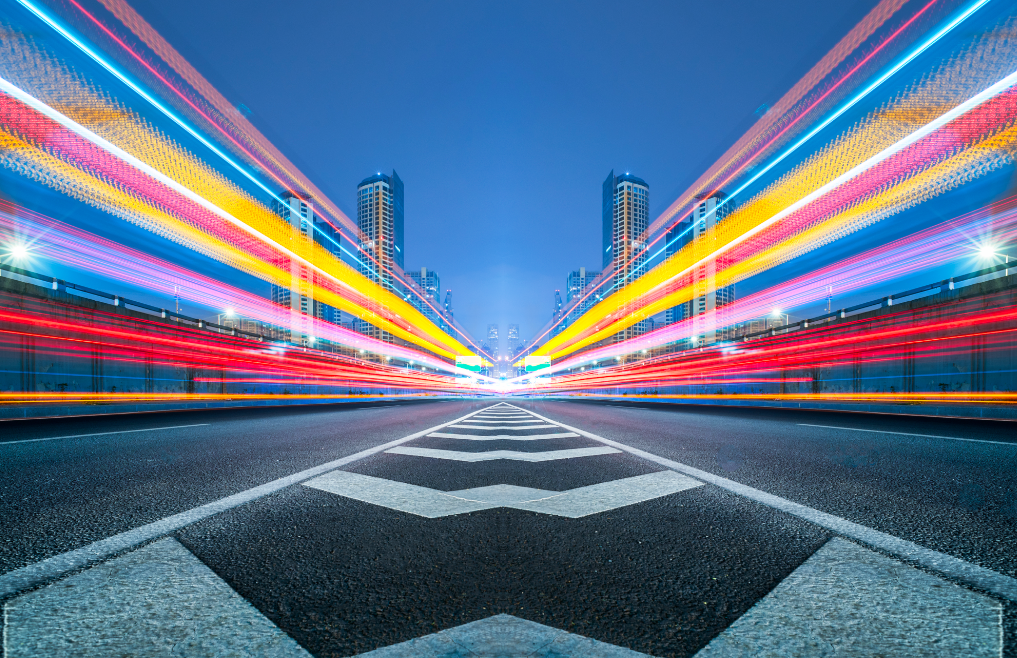




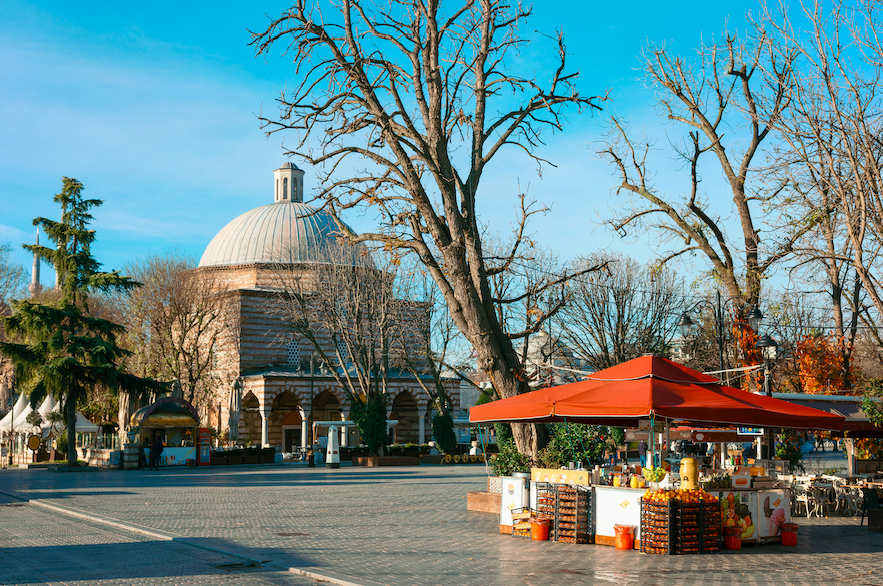
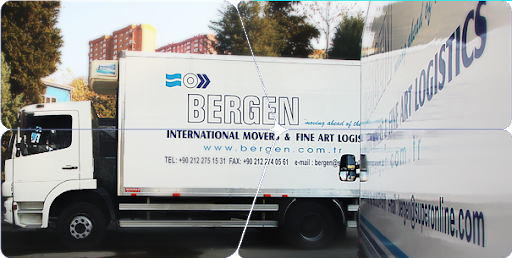
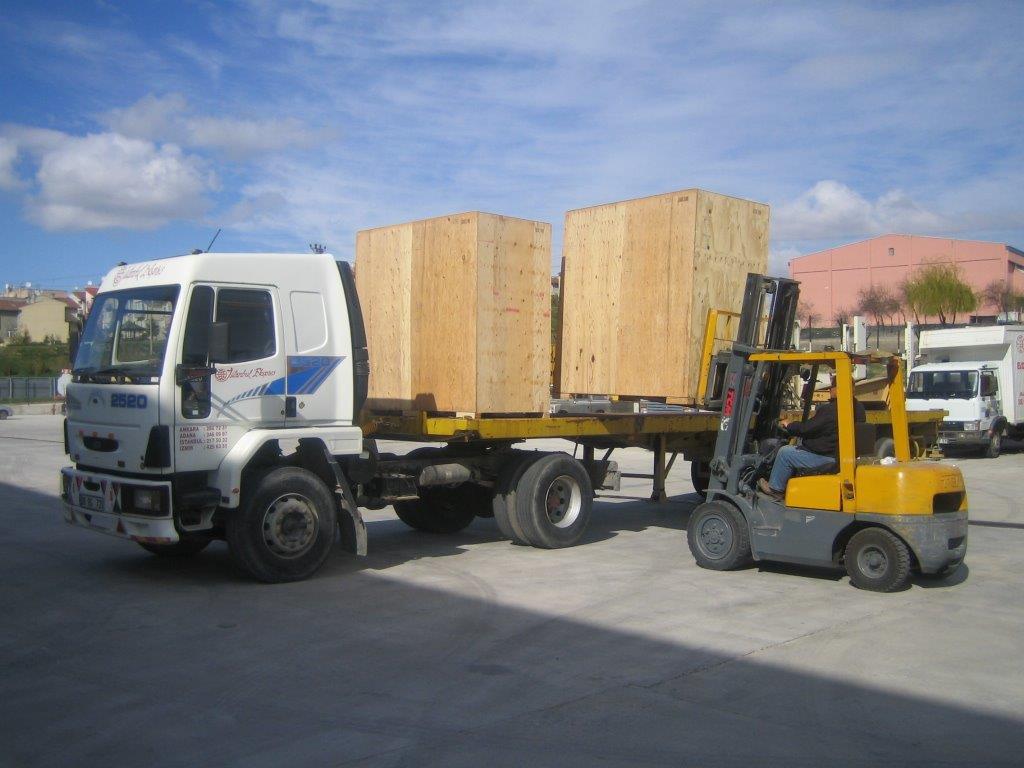






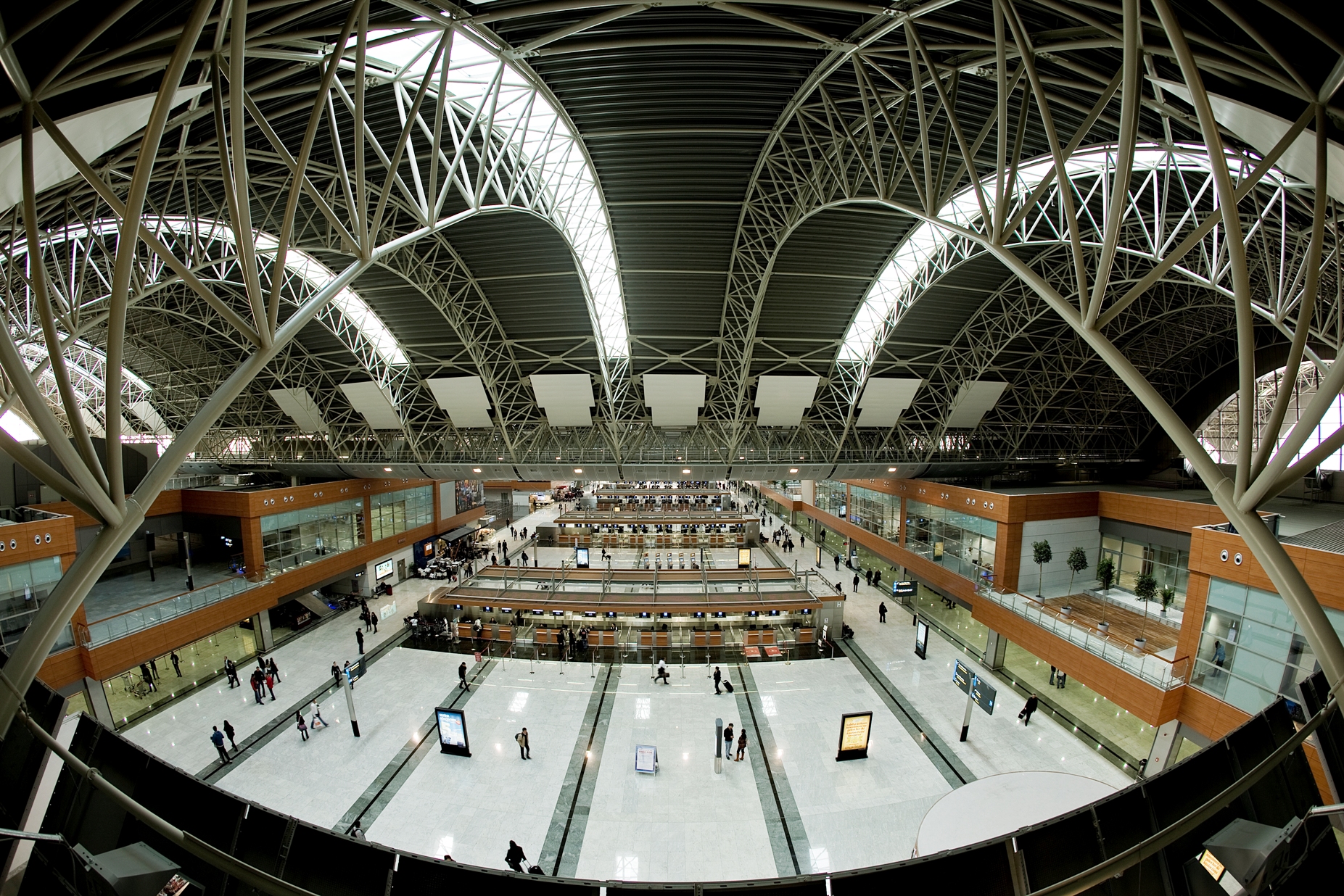


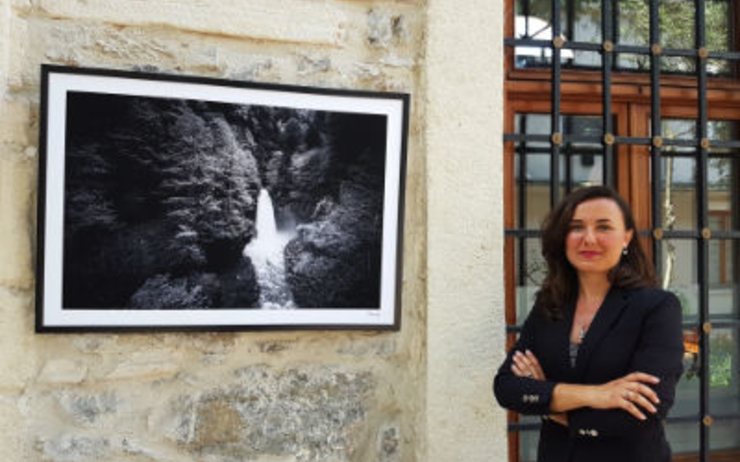
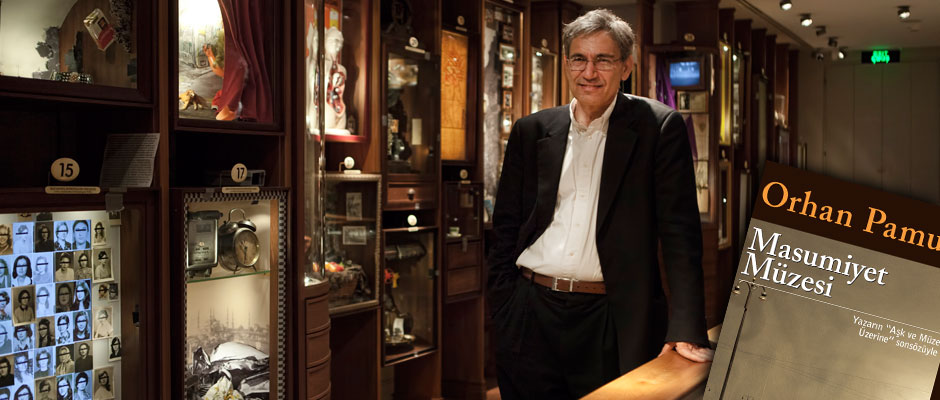


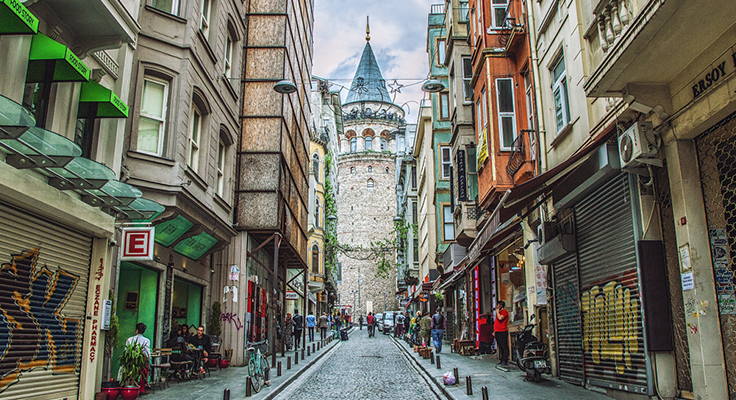
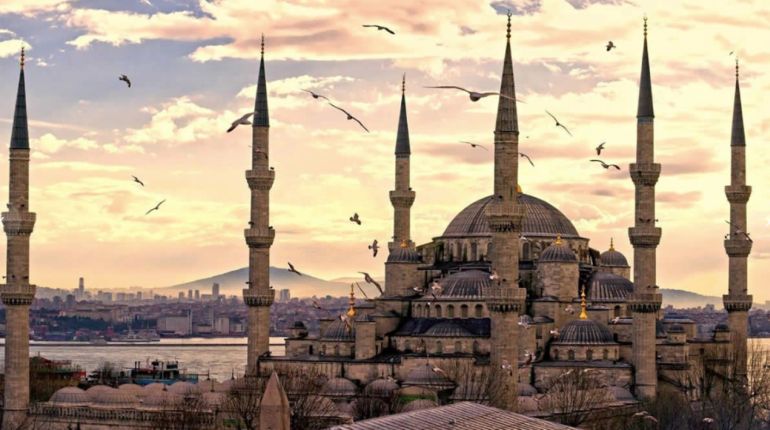
More posts by Gokce Nacar